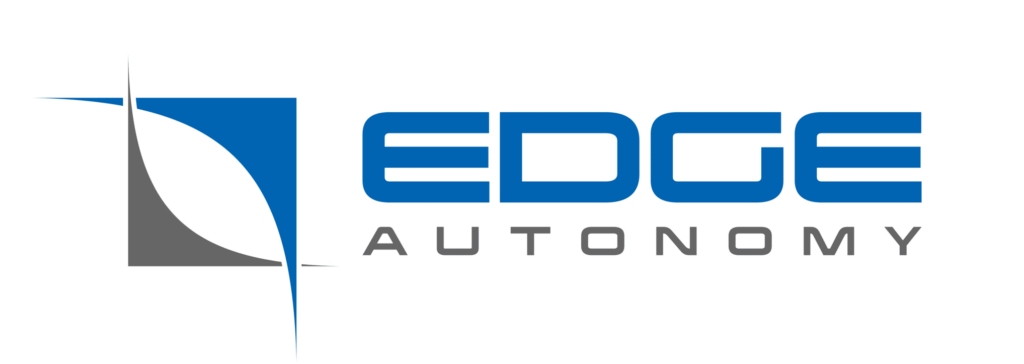The employees at Edge Autonomy’s Ann Arbor facility don’t just give back to their local community–they take pride in helping to actively build a supportive environment for local Veterans, students, and families.
“We have a generous team with big hearts here at Edge in Ann Arbor, and we love helping our community,” says Kellie Coleman, a Production Manager at Edge Autonomy Energy Systems.
And this generous team has been busy!
From making meals for Veterans to donating supplies to local public schools, employees in Ann Arbor take a vested interest in how they volunteer, choosing and promoting causes that are not only impactful, but hold a personal connection—which is likely why over fifty percent of the team usually participates in any given charity event.
“Each volunteer project is chosen based on different employee interests and connections within our community,” says Kellie. “We have such a high rate of employee involvement because of the passion and commitment our employees bring to the table. Everyone’s voice is heard, and the impact of that collaboration is felt in every facet of our volunteer activities.”
Employees who give back locally don’t reside just in Ann Arbor; many commute from a variety of cities in the Metro Detroit area. With so many worthy charities in the region, employees are invited to bring their ideas for new projects to the Edge Autonomy Ann Arbor Activities Committee.
“In each meeting we throw out ideas of places we want to help, so there’s a lot of ownership,” Kellie explains.
“What I love about this team is these efforts are truly led by the group,” says Tammy Lake, Human Resources Manager for Edge Autonomy Ann Arbor. “Many times in companies community service can become a top-down initiative, but not here! Everyone has a voice and a place on the team.”
The latest giving effort launched by the Ann Arbor facility is a backpack and school supplies drive for Carpenter Elementary, a nearby school. The Activities Committee first connected with this school during the 2023 holidays after “adopting” a family and donating gifts.
“We reconnected with the school to see what they need now,” says Kellie. “When we offered to donate backpacks and supplies, they were thrilled.”
The Ann Arbor team also partners regularly with The Fisher House, a no-cost “home away from home” for the families of Veterans who must travel to receive treatment at a VA medical center. Since its opening in 2020, the Fisher House in Ann Arbor has hosted almost 10,000 military and Veteran caregivers.
These military families also receive homemade meals during their stay, which are prepared by volunteer groups like the one at Edge Autonomy. Ann Arbor employees sign up for shifts at the Fisher House in groups of four, and filling the available dates with volunteers is never a problem because there’s so much interest in serving.
“There’s an open kitchen,” explains Kellie, “so Veterans and their families will often talk to us while we’re preparing the meals. It’s interesting to hear their stories and rewarding for our team to connect personally with those who have sacrificed so much for our country.”
The Fisher House isn’t the only military-focused organization the Ann Arbor team partners with. Employees have held toy drives with Toys for Tots (a program run by the U.S. Marine Corps) and regularly donate food to a local VA pantry.
“Edge Autonomy has a long history of supporting mission-driven innovations in support of our customers’ military operations,” says Tammy. “Volunteering on behalf of our Armed Forces is a natural fit for the Activities Committee.”
Some Ann Arbor employees have served in the military themselves, so they understand intimately the needs of Veterans and their families.
This focus on Veterans and active service members is one of Kellie’s favorite parts of organizing volunteer events for the Ann Arbor facility.
“I like giving back to the community and seeing that we made a difference,” says Kellie. “Especially visiting the VA pantry–that was really touching. Because we are a military supplier, seeing people who served our country and being able to give back to them is rewarding.”
Other recent volunteer events include a polar plunge for the Special Olympics in February 2024, spearheaded by Dell Willis, and a “Happy Little 5K” run for the environment headed up by Steven Koelzer in April. The Ann Arbor team has also donated supplies to a safe house for victims of domestic abuse.
As fall approaches, the Activities Committee is also planning a coat drive for nearby residents who want to donate winter items throughout 2024 and 2025.
Fostering a workplace where team members share ideas and execute them together is another benefit of volunteering, one that contributes to Edge Autonomy’s company culture of inclusiveness, diversity, and collaboration.
Tammy finds it personally rewarding that the Edge Autonomy team becomes part of something larger by spreading kindness. “Serving others is one of the best ways to connect with those we might not otherwise have the privilege to meet. We always enjoy participating together and walk away understanding our other team members more.”
Kellie Coleman is proud of the Ann Arbor team’s generosity and looks forward to planning future volunteer opportunities.
“Our team truly comes together to put on these charity events,” she says. “It’s a good feeling to know that a large percentage of our employees participate. I’m proud that as a team we can accomplish good things on behalf of our nation’s veterans and the wider community.”
We’re a growing team, and we’re always looking for innovative, engaged professionals to join our high-energy group! Sound interesting? Take a look at our open positions.
